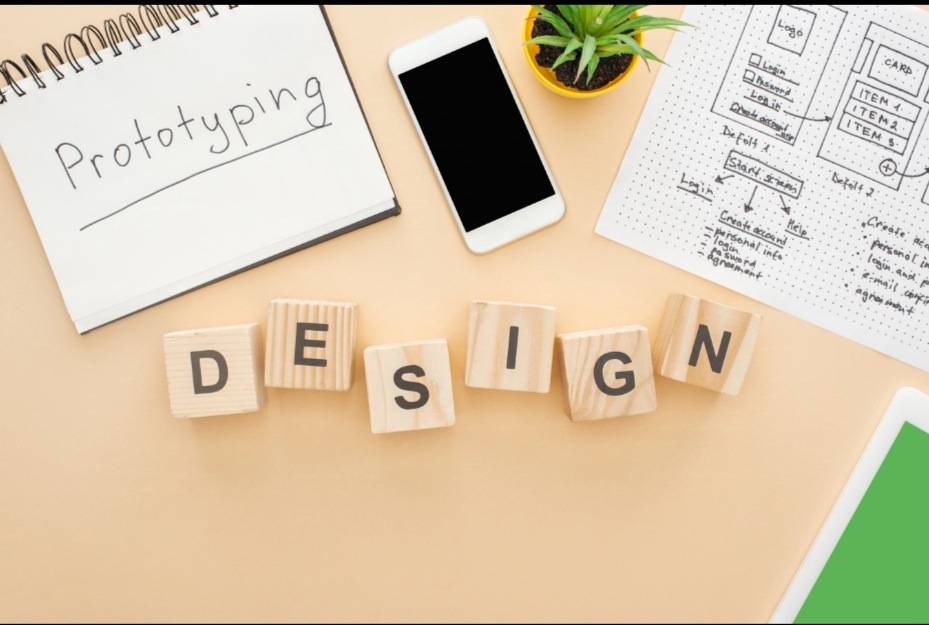In today’s academic environment, students are often tasked with creating presentations that are both visually engaging and professionally polished. Whether it’s a class assignment, a group project, or a presentation for a school event, the quality of your slideshow can make a significant impact on your grade and how your audience perceives your ideas. However, creating professional-quality slideshows doesn’t have to be overwhelming. Any student can create a standout presentation with a structured approach and the right tools.
This ultimate guide will walk you through the essential steps and tips for creating high-quality slideshows, covering everything from slide design to presentation skills.
1. Start with a Solid Plan
Before you dive into creating your slideshow, it’s crucial to start with a clear plan. Outline your key points and the structure of your presentation. This helps you stay focused and ensures that your message is coherent and easy to follow.
Consider the following questions:
- What is the purpose of your slideshow? (e.g., to inform, persuade, or explain)
- Who is your target audience? (e.g., classmates, professors, or a broader audience)
- What are the key points you want to highlight?
Once you have a clear outline, it becomes easier to organize your slides and avoid cluttering them with unnecessary information.
2. Keep It Simple and Focused
When creating slideshows, less is often more. Simplicity is key to ensuring that your audience can easily grasp your message. Each slide should focus on one main point or idea. Overloading a single slide with too much information can confuse your audience and dilute the impact of your presentation.
Here are some tips to keep your slides simple yet impactful:
- Use bullet points or short phrases instead of full sentences.
- Stick to 2-3 key points per slide.
- Avoid using more than two fonts.
- Use a clean, minimalistic design.
This keeps the audience’s attention on your key points without overwhelming them.
3. Visual Appeal Matters
Your slideshow’s design is critical to its success. The right visuals can help reinforce your message and make your content more engaging. Here are some design elements to consider when creating professional-quality slides:
Use High-Quality Images and Graphics
Including relevant images, graphs, and infographics can greatly enhance your slideshow’s visual appeal. High-quality visuals not only make your presentation more engaging but also help clarify complex information.
Make sure to:
- Use high-resolution images to avoid pixelation.
- Ensure images are relevant to the topic and add value to your content.
- Avoid cluttering the slide with too many visuals; use images sparingly and only when necessary.
Choose Consistent Fonts and Colors
Maintaining consistency in your font style and color palette throughout the presentation will give your slideshow a professional look. Choose 2-3 colors that align with your content and stick with them for all your slides.
Here are some font and color tips:
- Use sans-serif fonts for better readability.
- Ensure the text contrasts well with the background color.
- Use bold and different font sizes for headings and subheadings.
4. Leverage Free Tools to Save Time
As a student, you may not always have access to expensive design software. Fortunately, there are many free tools available that can help you create stunning presentations. One such tool is a free slideshow maker, which allows you to design slideshows quickly and easily without the need for advanced software.
These tools often come with pre-designed templates that you can customize to suit your needs. Many also offer features such as drag-and-drop functionality, animation effects, and transitions, making it easier to create a polished, professional presentation in no time.
5. Use Consistent Transitions and Animations
While transitions and animations can add flair to your slideshow, it’s important not to overdo them. Overly flashy transitions or excessive use of animations can distract your audience from the actual content.
A few best practices for using transitions and animations include:
- Stick to simple and subtle transitions like fades or slides.
- Use animations to highlight key points but avoid making every element animated.
- Ensure that any transitions or animations are consistent throughout the slideshow to maintain a cohesive look.
6. Make Text Readable and Scannable
When designing a slideshow, remember that your audience needs to be able to scan the text while listening to your narration quickly. Make sure your font size is large enough to be readable from a distance, especially if you’re presenting in a large room. Generally, a font size of at least 24 points is recommended for body text, while headings can be larger.
Some additional tips for text readability include:
- Use bold or underline for emphasis, but don’t overuse these features.
- Avoid paragraphs of text—stick to bullet points and brief phrases.
- Ensure there is enough white space around text elements to avoid a cluttered look.
7. Incorporate Data Visualizations
Data-heavy presentations can quickly become overwhelming if not presented clearly. Incorporating charts, graphs, and infographics can help convey complex information in a way that is easy to understand. Data visualizations not only break up the monotony of text-heavy slides but also make your content more engaging.
When incorporating data visualizations:
- Choose the right type of graph or chart (e.g., bar graphs, pie charts) for the data you’re presenting.
- Make sure that your charts are simple and easy to read, avoiding unnecessary design elements that can confuse viewers.
- Label all data clearly so your audience can quickly grasp the key takeaway.
8. Practice Good Presentation Skills
Even the most well-designed slideshow will fall flat without good presentation skills. Practicing your presentation is just as important as creating the slides themselves. Rehearse your talking points, transitions, and timing to ensure a smooth delivery.
Some tips for effective presentations include:
- Speak clearly and at a moderate pace.
- Make eye contact with your audience to engage them.
- Use natural gestures to emphasize points.
- Avoid reading directly from the slides—use them as a guide, not a script.
The more you practice, the more confident and polished you’ll feel during your actual presentation.
9. Utilize AI Tools for Enhanced Productivity
Artificial intelligence (AI) can be a game-changer when it comes to creating professional-quality slideshows. Some free artificial intelligence tools can help you automate tasks like formatting, suggesting slide layouts, or even generating content ideas. These AI-powered features not only save time but can also help you create more polished and creative presentations.
For instance, AI can assist in resizing images to fit neatly on slides, selecting the most impactful slide designs, or even enhancing the clarity of your content by suggesting revisions. This allows students to focus more on the core message of their presentation rather than getting bogged down in the technical details.
10. Final Review and Feedback
Before you consider your slideshow complete, take the time to review it thoroughly. Check for spelling or grammatical errors, ensure that the content flows logically, and verify that all visuals and animations work correctly.
It’s also a good idea to seek feedback from a peer, professor, or friend. They can provide insights you might have overlooked and suggest improvements to ensure your slideshow is both professional and effective. Contact us for more details visit our site.
Conclusion
Creating professional-quality slideshows as a student doesn’t have to be daunting. By following these steps—planning your content, using visually appealing design elements, and leveraging free tools—you can craft presentations that stand out. With practice and attention to detail, you’ll be well-equipped to deliver polished, engaging slideshows that captivate your audience.



